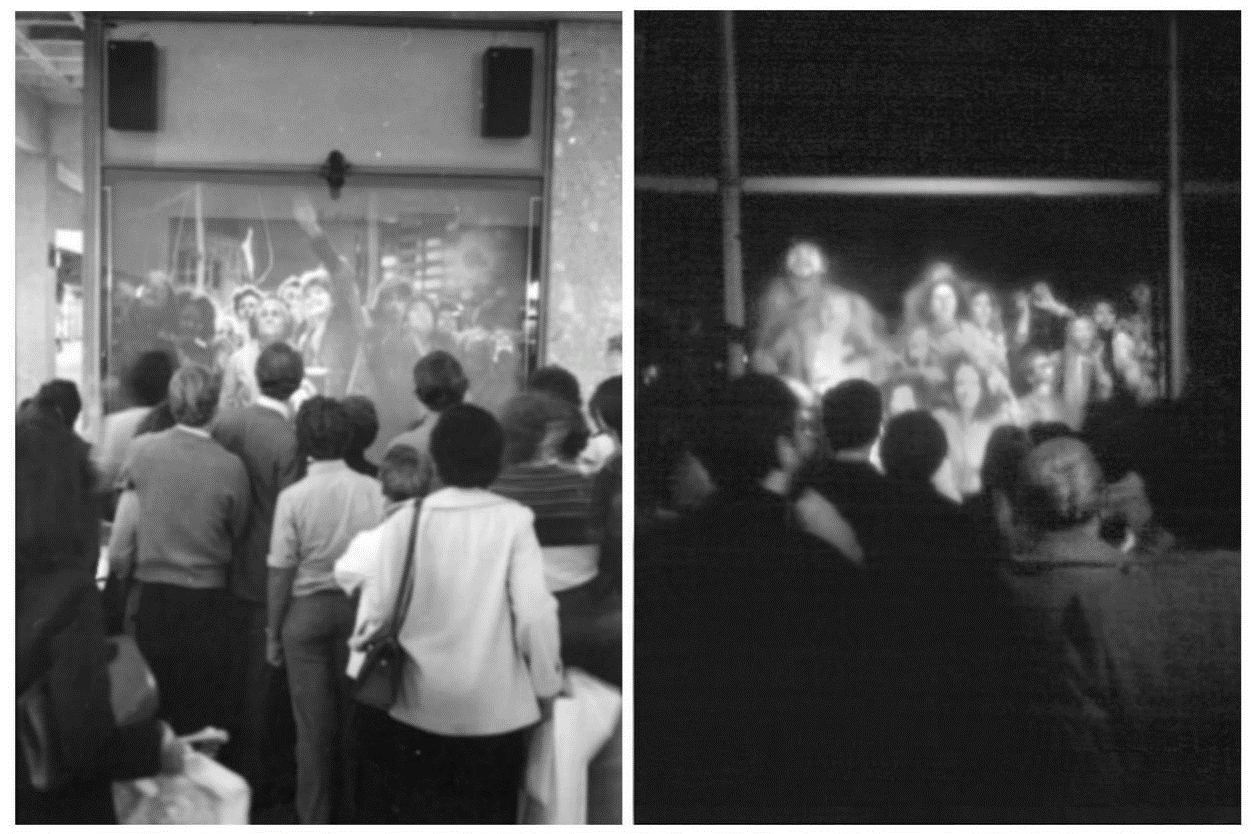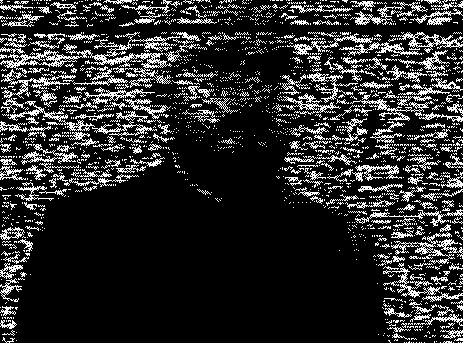I find it very hard to be natural in front of a camera, I feel myself stiffen up and I don’t feel like I can make many gestures. I often see the same thing happening with other people whenever a camera gets swung towards them. Hence, I often feel that anyone who does appear on camera, more often than not, is curating their image of themselves; both consciously and unconsciously. But generally speaking I find it hard to guesstimate what the split between the two are.
In the case of Jennicam, it seems very much like the intention was to be as “real” as possible, going so far as to copulate in front of the camera. She also started charging people for entry to her site a few months in and it often heard cry that once people start charging money it’s “disingenuous”. I personally don’t agree with that claim, and I’d wager that it stems from people who just don’t want to pay for things.

On the streaming site Twitch, once popular enough, Streamers can get a ‘subscribe‘ button where the viewer is charged $4.99 to support the streamers they like. There are numerous other methods to support the streamer such as amazon referral links and even direct donations. A recent addition would be Cheering, which really just is a fancier way of donating with built in-animations.

But prior to that streamers already had their own animation overlay whenever someone donated or subscribed. Below are examples of a ‘sub’ animation and an example of a twitch streamer’s layout, showing previous donations and recent subscribers. The layouts are not fixed and can look however the streamer wants them to look like.


In David Letterman’s interview with Jennifer, he brought up a point that people are really lonely, desperate and miserable and want to reach out and I think this is quite often the case. Although I don’t frequent Twitch, there is no shortage of people clamouring in the chat to have their name even mentioned by the streamer. Ultimately, that’s what all the donations, subscribers and animated bits are for, for people to feel like they are doing something with visible effect; and to get to do so is, as David Letterman said, comforting.
Now as sad as that sounds, the issue isn’t with people looking for attention, because it’s only human to want to be social and connect with people; “humans are social creatures” as the saying often goes. The issue is when these people are exploited. There are streamers genuinely there to entertain and form communities that people can be a part of and be welcome, but there are also streamers who clearly are there just to make money off these people.
There are people who say that donating money and subscribing is a waste of money. The counter argument and the one I agree with, is that’s it’s no different from paying for cable TV and I think it’s lovely that the option is there to watch for free, and yet, people still are willing to give and support people to be entertainers. To be able to do something you enjoy and earn money while still being able to provide enjoyable content for people, is a win-win situation in my eyes.

On Twitch, you can browse by streamer or you can browse by game, with the default sorting by highest viewership first. But browsing under games has a IRL (In Real Life) category, where the streamer is basically streaming their life in general. An example is the video below, where Andy Milonakis was streaming his time in Japan.
And without knowing it, these people are basically conceptual descendants of Jennicam.
Being constantly live is also not without it’s pitfalls of course, evidence of this are the numerous YouTube videos of “twitch fails” and streamers caught on camera doing all sorts of things, and even in more dire circumstances allegations with regards to the possession of illicit media. What happened was, whilst searching for something on his screen, the immediate searches that come up whilst typing had a suspicious title pop in, and this was quite literally only for a fraction of a second. How it was even noticed is amazing, and its then that you realize the power of hundreds and even thousands of people’s eyes peering at any position within the frame constantly. Also, once something is on the internet for a faction of a second, it might as well be up there forever. Below is the guy himself, talking about the ordeal that followed.
The internet is a volatile place, and being in that environment causes people to behave in certain ways, especially with the levels of anonymity that it can offer. Choosing to participate in such a stand-out manner, people streaming themselves have put themselves in this interesting position where they’re really quite at the mercy of the people that occupy that space. Both in terms of sustainability and viewership, along with the possible malicious acts that they are at the risk of incurring (read: death threats and swatting). And I would say, the fact that these sorts of platforms have not only survived, but flourished is heartening.







